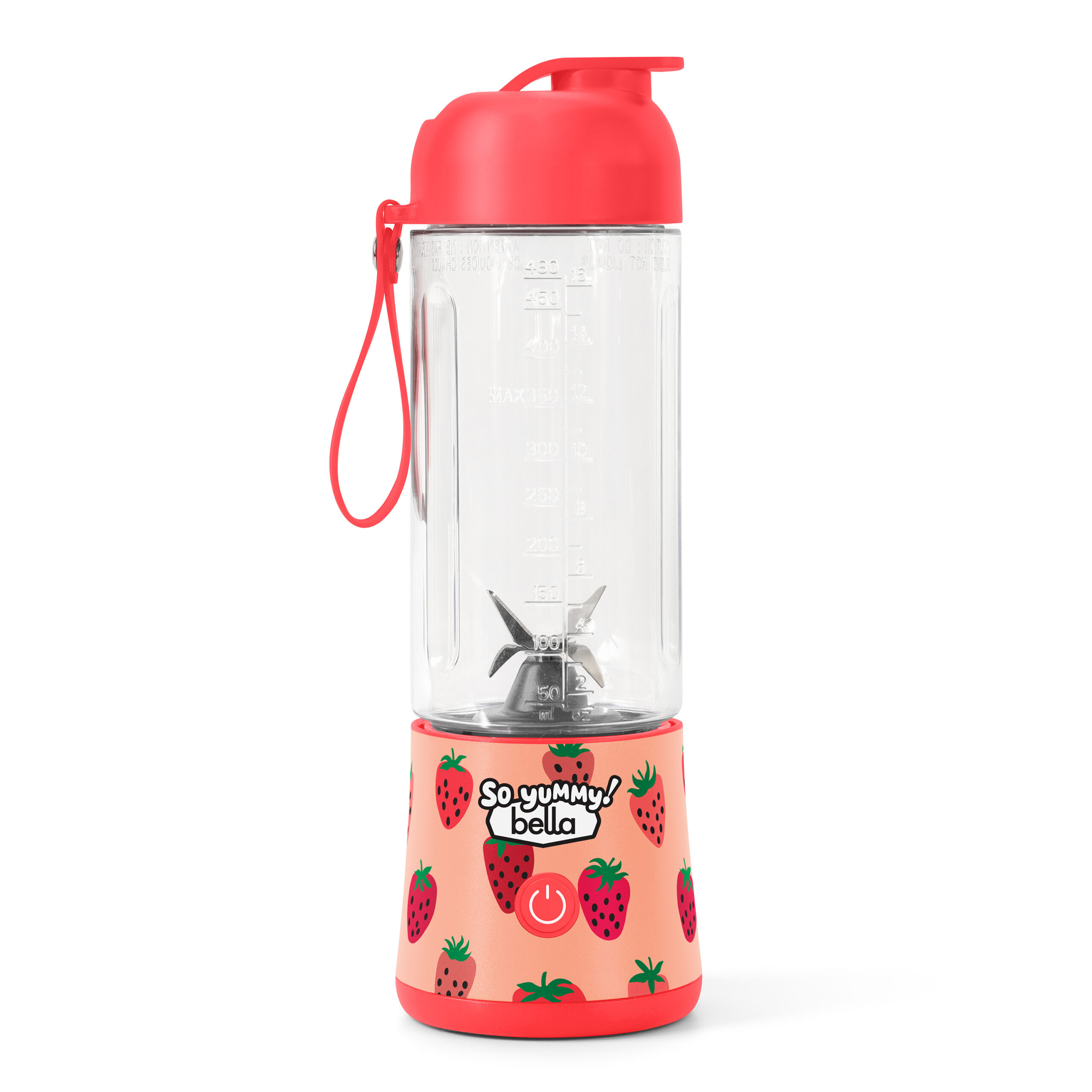Importance of Properly Crushing Ice
Properly crushing ice is essential for achieving the perfect texture and consistency in your blended drinks. When ice is not adequately crushed, it can result in chunky and uneven smoothies or cocktails. The key to achieving smooth and refreshing beverages lies in using a portable blender that is specifically designed to crush ice effectively.
Choosing the Right Portable Blender for Crushing Ice
When it comes to crushing ice with a portable blender, there are a few key considerations to keep in mind. Firstly, you’ll want to ensure that the blender has enough power to handle the task. Look for a blender with a strong motor and sharp blades. These are essential for effectively crushing ice cubes.
If you plan on making large batches of crushed ice, you’ll want a blender with a larger jar or bottle size. On the other hand, if you only need small amounts of crushed ice for individual drinks, a compact blender with a smaller capacity may be more suitable.
Durability is also crucial when it comes to crushing ice. Ice can be quite hard on blender blades, so look for a blender that is made from high-quality materials and has a reputation for durability.
Preparing the Ice for Crushing
Using the Right Type of Ice
Portable blenders can crush ice, but using the right type of ice will ensure the best results. It is recommended to use smaller ice cubes or pre-crushed ice. This will allow the blender’s blades to easily break down the ice and create a smooth texture.
Properly Measuring Ice for Consistent Results
Overloading the blender with too much ice can lead to uneven blending and strain on the motor. It is recommended to start with a small amount of ice and gradually add more as needed, ensuring that the blender can effectively crush the ice without any issues.
How to Get the Perfect Blend
Adding Liquid for Smooth Blending
When using a portable blender to crush ice, it is important to add enough liquid for smooth blending. The liquid helps to create a vortex inside the blender, allowing the blades to effectively blend the ice. Without enough liquid, the blender may struggle to crush the ice properly, leading to uneven results or even damage to the blades. Additionally, the liquid helps to lubricate the blades and prevent them from getting stuck or overheating.
Breaking Large Ice Chunks into Smaller Pieces
Start by pulsing the blender a few times to break the ice into smaller chunks. Then, blend the ice on a high setting until it reaches the desired consistency. You can also use the pulse function continuously, gradually increasing the blending time until the ice is crushed to your liking. Try adding a small amount of liquid, such as water or juice, to help the blender break down the ice more easily.
Cleaning and Maintaining Your Portable Blender for Optimal Ice Crushing Performance
After each use, disassemble the blender and rinse the removable parts with warm, soapy water. Use a brush or sponge to remove any residue or food particles. Avoid submerging the blender base in water, as it may damage the motor.
For stubborn stains or odors, create a mixture of equal parts water and vinegar and let it soak in the blender jar for a few minutes before rinsing. Remove any ice or debris that may have accumulated after each use.
Regularly checking the blender’s blades and ensuring they are sharp and intact is crucial. Dull or damaged blades may result in inefficient ice crushing. If needed, replace the blades according to the manufacturer’s instructions.
By following these cleaning and maintenance practices, you can ensure that your portable blender remains in top-notch condition, providing optimal ice crushing performance whenever you need it.



